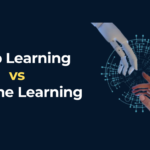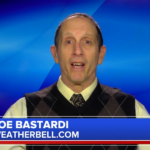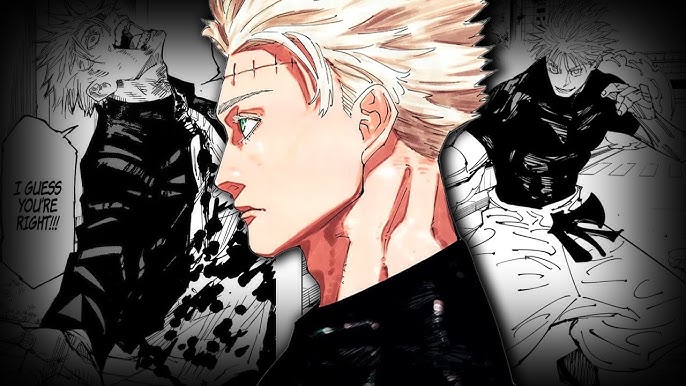The recent excitement surrounding Jujutsu Kaisen has sparked a lively discussion about the mysterious concept of “Gojo’s ghost.”
This idea suggests that Gojo Satoru’s presence lingers even after his physical form appears to have returned, adding depth and intrigue to the ongoing story arc.
Fans are captivated by the implications of Gojo’s possible return and what it means for the battle between him, Sukuna, and Yuji.
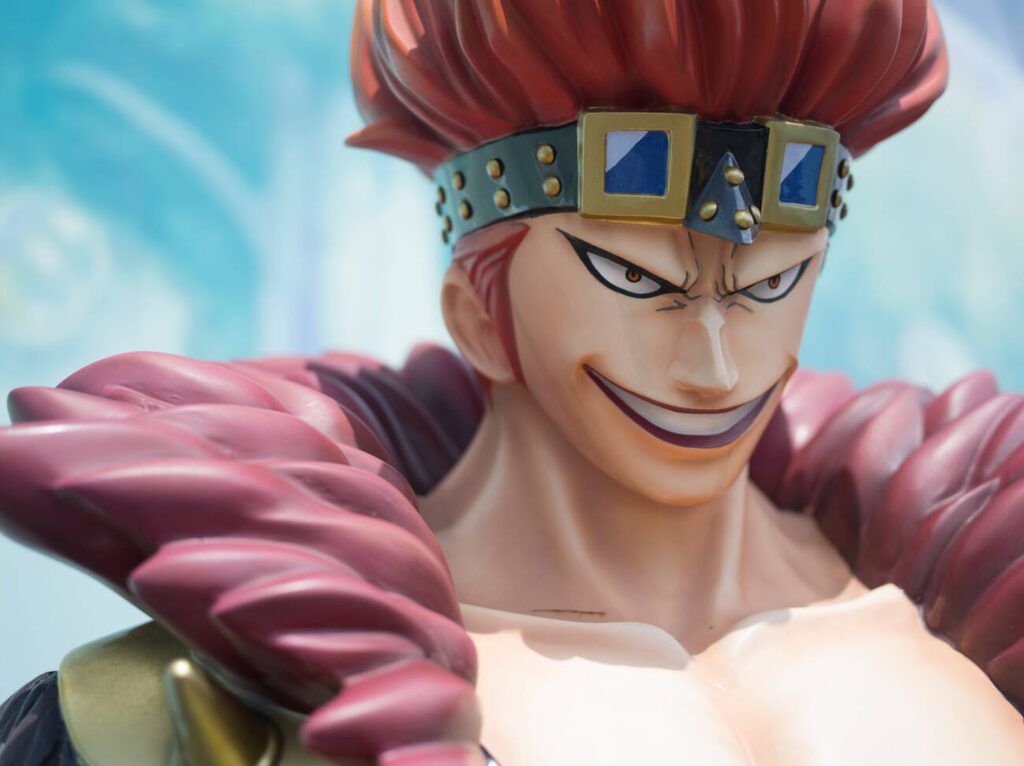
In Chapter 260, readers witness a dramatic showdown where something resembling Gojo’s spirit influences the fight.
This ghostly figure raises questions about life, death, and the spiritual ties that bind characters in the series.
The presence of Gojo’s ghost may symbolize more than just a return; it can represent unresolved issues and the weight of past relationships that continue to affect the present.
As the story unfolds, fans seek to understand the true nature of Gojo’s ghost and its impact on the characters and plot.
This discussion encourages deeper analysis of not just the characters’ dynamics, but also the broader themes present in Jujutsu Kaisen.
Key Takeaways
- Gojo’s ghost represents ongoing themes of life and unresolved connections.
- The influence of spiritual presence adds layers of meaning to character interactions.
- Readers are intrigued by the deeper psychological and emotional implications of the narrative.
Concept of Gojo’s Ghost
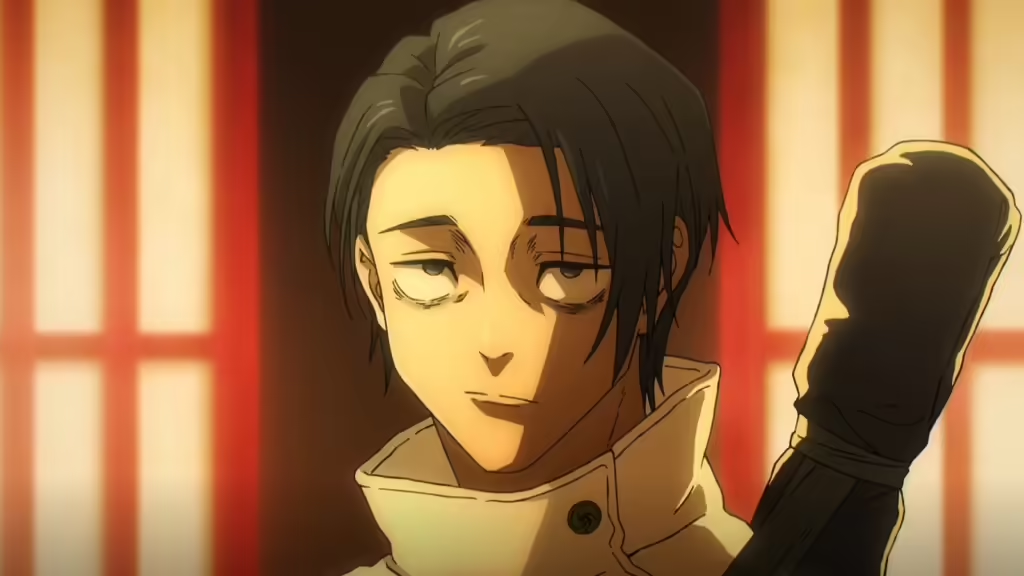
Gojo’s Ghost has become a significant topic in the Jujutsu Kaisen series, raising questions about its origin, meaning, and current relevance in the story.
This concept reflects both traditional beliefs and modern interpretations within the narrative.
Origin and Etymology
The idea of a ghost in many cultures represents the spirit of the deceased returning for unresolved matters. In Jujutsu Kaisen, Gojo Satoru’s character symbolizes strength and protection.
His ghost may signify his lingering influence after his apparent death.
The term “ghost” comes from the Old English word “gāst,” meaning spirit or breath. In this context, Gojo’s ghost reflects his unresolved duty to protect his allies.
It indicates a potential return to the living space, suggesting that his presence is persistent, even after death.
Cultural Significance
In Japanese culture, spirits often play vital roles in stories and folklore. They are seen as guides or protectors. Gojo’s ghost can represent these themes, serving to guide characters in their struggles against evil.
Moreover, Gojo’s character embodies the struggle between life and death. His ghost might symbolize hope for his allies, encouraging them to fight on despite overwhelming odds.
This cultural lens emphasizes the hero’s journey, where the spirit aids those still living.
Contemporary Interpretations
Fans are actively theorizing about Gojo’s ghost in the latest chapters. Many suggest it may be magic or a hallucination experienced by Sukuna, the series’ antagonist.
These theories include possibilities such as a technique intended to distract Sukuna or a genuine manifestation of Gojo’s spirit.
Additionally, Gojo’s return could be linked to the use of Binding Vows, suggesting that he may have made sacrifices to protect others.
This concept aligns with traditional themes of sacrifice and honor in storytelling, creating depth in the narrative as it evolves.
Representations in Media
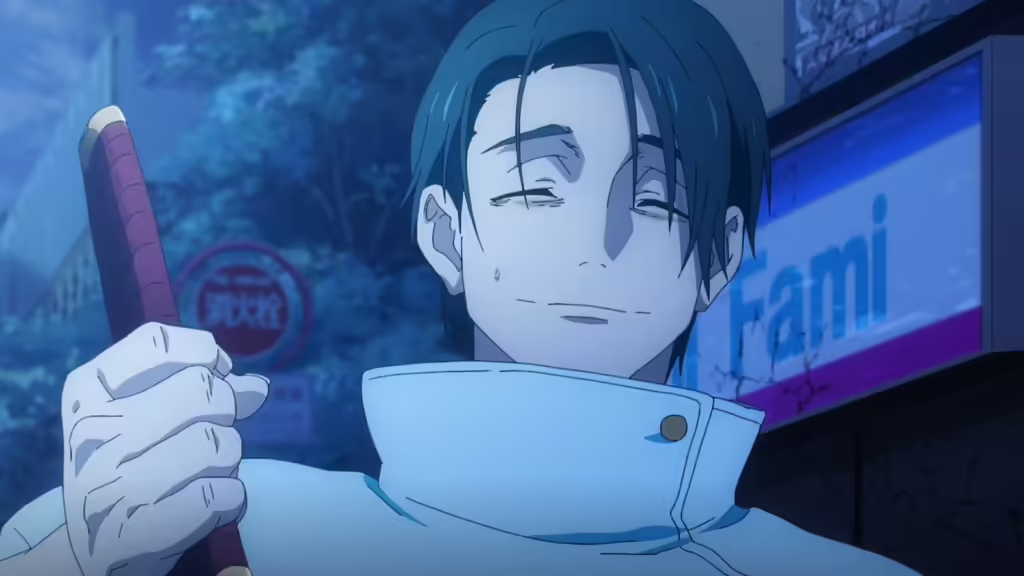
Ghosts appear in various forms across different media, influencing narratives and themes.
Their portrayal can reflect cultural beliefs, societal fears, and human emotions, enriching storytelling and creating connections with audiences.
Literature
In literature, ghosts often symbolize unfinished business or unresolved emotions. Classic examples include A Christmas Carol by Charles Dickens, where the Ghost of Christmas Past helps Ebenezer Scrooge confront his past mistakes.
Additionally, Shakespeare’s plays feature spectral figures, like the ghost in Hamlet, who drives the plot through his demand for vengeance.
Ghost stories evoke fear and curiosity, revealing themes of mortality and memory.
Modern authors also explore ghosts in varied contexts, reflecting contemporary anxieties. Works like The Lovely Bones by Alice Sebold illustrate how ghosts interact with the living, emphasizing love and loss.
Film and Television
In film and television, ghosts often serve as key plot devices or central characters. Movies such as Ghost utilize ghostly figures to explore themes of love and connection.
Television shows like The Sixth Sense and The Haunting of Hill House delve into psychological elements of haunting, blending horror with deeper emotional narratives.
These representations reflect cultural contexts, as seen in Asian cinema with films like Ringu, where ghosts embody societal fears and trauma. Each portrayal adds complexity, engaging audiences through suspense and empathy.
Digital Media and Games
Digital media and video games incorporate ghosts in interactive narratives, enhancing player experience. Games like Ghost of Tsushima present ghostly legends in historical settings, motivating players to explore themes of honor and sacrifice.
Similarly, horror games such as Phasmophobia utilize ghosts to create immersive experiences filled with tension and fear.
These representations can influence gameplay mechanics, encouraging players to engage with stories in innovative ways.
Ghosts in digital media not only entertain but also invite exploration of human emotions and ethical dilemmas, enhancing player connection.
Historical Accounts

Historical accounts of Gojo’s appearances and manifestations highlight both early and modern interpretations of his presence. These descriptions provide insight into how his ghost is viewed and understood in different contexts.
Early Descriptions
In the early chapters of Jujutsu Kaisen, Gojo’s character often felt larger than life. He was portrayed as a powerful sorcerer with lively charisma. After significant events, such as battles against enemies, hints of his ghostly return surface.
Characters like Yuji and Megumi often reflect on their experiences with Gojo. This creates a sense of nostalgia and hope among them. His spirit’s presence is felt through their determination in battles.
These early depictions set a groundwork for understanding his impact on the series. The narrative ambiguity around his fate keeps readers engaged and curious.
Modern Accounts
In more recent chapters, especially Chapter 260, Gojo emerges in ghostly forms. His return hints at complex binding vows and sacrifices. Readers learn that only his physical body returns, leaving a trace of his spirit behind.
Modern accounts explore deep connections with other characters, adding layers to his ghostly presence. Yuta Okkotsu plays a critical role, influencing Gojo’s fate through unique abilities.
The narrative choices reflect a shift in the series, showcasing themes of sacrifice and resurrection. As Gojo navigates challenges with allies, his ghost symbolizes hope and strength. This approach opens discussions about life, death, and legacy in the world of Jujutsu Kaisen.
Psychological Perspectives
The exploration of ghosts, particularly the figure of Gojo’s ghost, involves deep psychological insights. Understanding how society views ghosts and the theories that explain their existence can help make sense of these phenomena.
Societal Impact
Ghosts often reflect cultural beliefs and societal fears. In many cultures, they symbolize unresolved issues, such as grief or trauma. The portrayal of Gojo’s ghost can illustrate how society processes loss.
For instance, stories may show ghosts as protectors or avengers, illustrating the need for closure. The presence of ghosts can also symbolize the fear of the unknown. This fear often leads to fascination, resulting in numerous films, books, and art exploring ghostly themes.
As communities share ghost stories, they create bonds. Such tales offer comfort in shared experiences, helping people navigate their feelings about death.
Psychological Theories
Various psychological theories explain why people experience ghost sightings. One prominent theory is that stress and grief can cause individuals to perceive supernatural elements.
For example, heightened emotional states can trigger hallucinations. People may perceive familiar figures, like Gojo’s ghost, during times of high emotional distress.
Another perspective is the concept of “top-down processing,” where the mind’s expectations shape sensory perceptions. Studies suggest that when people believe in ghosts, they are more likely to see them.
Cognitive theories also highlight that memories and cultural conditioning can influence ghostly encounters. This mirrors how societal norms shape personal experiences concerning the supernatural.
Paranormal Investigations
Paranormal investigations explore unexplained phenomena, often focusing on locations believed to be haunted. Investigators use various methods to gather evidence and understand these mysterious occurrences.
Notable Investigations
Some paranormal investigations have gained fame due to unusual findings or significant public interest. Ghost Hunters, a popular show, showcased several famous locations, including the Waverly Hills Sanatorium and the Savannah Historic District.
Investigations often involve a team using tools like EMF meters, infrared cameras, and voice recorders. In the Waverly Hills case, investigators reported strange sounds and apparitions, making it a hotspot for future investigations.
Another well-known case is the Amityville Horror. Here, investigators looked into claims of paranormal activity in a home after a tragic event. The evidence gathered sparked discussions and debates about the existence of ghosts and the validity of such claims.
Debunking Myths
Many myths surround paranormal investigations, leading to misunderstandings. A common myth is that all investigators believe in ghosts. In reality, many approach investigations with skepticism. They aim to gather evidence that either supports or disproves claims of paranormal activity.
Another misconception is that paranormal tools always work. Devices like EMF meters can be affected by everyday electronics, leading to false readings. Weather conditions can also impact findings.
In many investigations, natural explanations exist for reported phenomena. For instance, old buildings often create strange noises due to settling or changes in temperature. Understanding these factors is crucial for a balanced view of paranormal events.
Cultural Practices and Rituals
Cultural practices and rituals surrounding spirits and the supernatural play a significant role in many societies. These practices often blend traditional beliefs with more modern interpretations, creating a rich tapestry of rituals.
Traditional Rituals
Traditional rituals are often rooted in ancient beliefs and practices. These rituals frequently involve ceremonies to honor spirits or ancestors.
Common components include:
- Offerings: Food, flowers, or items are presented as gifts to attract positive spirits.
- Prayers or Incantations: Specific phrases or chants are used to invoke spirits’ presence or protection.
- Ceremonial Dances: Performers may engage in dances that symbolize blessings or exorcisms.
In many cultures, these rituals foster a connection to the past. They reinforce communal ties and shared values, allowing participants to feel a sense of belonging and continuity with their heritage.
Modern Practices
In modern times, many people adapt traditional rituals to fit contemporary lifestyles.
Elements include:
- Spiritual Workshops: Individuals participate in guided sessions to learn about spirits and rituals.
- Artistic Expressions: Some create art or music that reflects their beliefs in spirits and their power.
- Digital Platforms: Social media provides a space for sharing stories and experiences related to spirits, making rituals more accessible.
These modern practices can transform ancient beliefs, allowing people to explore spirituality in innovative ways. They bridge the gap between tradition and modern life, creating new forms of expression and community.
Impact on Tourism
The concept of “Gojo’s ghost” creates a rich narrative that can draw interest and visitation to specific locations connected with the story of “Jujutsu Kaisen.” Understanding how this impacts tourism involves examining both popular sites and economic ramifications.
Touristic Hotspots
Fans of “Jujutsu Kaisen” are likely to seek locations depicted in the series. Popular sites may include areas that resonate with Gojo Satoru’s character or iconic scenes from the anime. These could be:
- Settings from Key Battles: Places where significant events occur are attractive to fans.
- Anime Conventions: Events that focus on anime and manga often see high attendance, featuring merchandise and panels about series like “Jujutsu Kaisen.”
Special tours could be organized that highlight these landmarks. Establishments like cafes or shops themed around the series could enhance the visit. Collaborations with local businesses create unique experiences that attract anime enthusiasts.
Economic Effects
The presence of “Gojo’s ghost” in the cultural conversation also has measurable economic effects. Increased interest from fans can lead to:
- Boost in Local Revenue: Businesses near touristic hotspots often see a rise in sales during events or releases related to the series.
- Job Creation: More tourism can lead to jobs in hospitality, retail, and tour guiding, essential for a growing industry.
Studies show that the influx of visitors for media events can significantly impact a city’s economy. Increased hotel bookings and restaurant traffic can stimulate local economies, demonstrating the tangible benefits of such cultural phenomena.
Academic Studies
The concept of “Gojo’s ghost” can be examined through academic lenses like anthropology and folklore as well as comparative mythology. Each area provides insights into how the theme of ghosts or spirits is portrayed across different cultures, which enriches understanding of its meaning in contemporary narratives.
Anthropology and Folklore
In anthropology, ghost stories often reflect cultural beliefs and societal values. The appearance of a character like Gojo as a ghost can symbolize unresolved issues or a lingering influence on the living. Well-known folkloric elements include:
- Spirits as guides: Ghosts often serve as mentors or protectors.
- Moral lessons: Their stories convey important lessons to the audience.
Folklore traditions from various cultures demonstrate how ghosts are integrated into narratives. They can represent the struggle between good and evil or the connection between the dead and the living. Understanding these elements helps to contextualize Gojo’s ghost within broader cultural themes.
Comparative Mythology
Comparative mythology studies mythical figures in different cultures, revealing similarities in their stories. Ghosts appear prominently in many mythologies, serving various functions. Attributes often shared among them include:
- Communication with the living: Ghosts may relay messages or warnings.
- Embodiment of vengeance: Many myths feature vengeful spirits seeking justice.
Gojo’s ghost may parallel figures in other traditions, like the spirit of a hero or mentor. Myths from cultures such as Greek or Japanese often illustrate how these spirits seek resolution. Examining these similarities deepens appreciation for Gojo’s character and the broader
Academic Studies
Exploring the concept of “Gojo’s ghost” involves looking into relevant areas such as anthropology and folklore, as well as comparative mythology. These fields provide insights into how ghostly figures are viewed in different cultures and their symbolic meanings.
Anthropology and Folklore
In anthropology, ghost stories often reflect societal beliefs and values. They serve as tools for cultural expression and social cohesion. For instance, in Japanese culture, ghosts (or yūrei) embody unresolved issues and emotional trauma.
Folklore around spirits conveys lessons and moral codes. Ghosts may symbolize protection or warning, acting as reminders of past actions. The appearance of Gojo’s ghost in popular media can be examined through these lenses, focusing on how it resonates with traditional beliefs and modern narratives.
Comparative Mythology
Comparative mythology studies similarities and differences between myths across cultures. Ghosts appear in various forms in different traditions. For example, the concept of a protector spirit is common, resembling Gojo’s role.
In many cultures, ghosts serve as intermediaries between the living and the dead. They often return to guide or protect loved ones, akin to Gojo’s presence in the storyline. This comparison highlights the universal themes of sacrifice, duty, and the connection between the realms.
By analyzing these aspects, one can understand the broader implications of ghostly figures in literature and their significance in human experience.
Artistic Expressions
Artistic expressions related to the theme of “Gojo’s ghost” can be found in various forms, primarily in visual and performance art. These expressions capture the essence of Gojo Satoru’s character and his impact on the world of “Jujutsu Kaisen.”
Visual Art
Visual art dedicated to Gojo’s ghost often represents his complex persona. Artists use bold colors and dynamic poses to reflect his confident nature. Common themes include his signature white hair and blindfold, which symbolize his power and mystery.
Many art pieces explore the contrast between life and death, showcasing Gojo’s journey. For instance, digital illustrations may portray him in ethereal forms, blending realism with supernatural elements.
Artists might incorporate motifs related to battle, like energy waves and cursed techniques, to emphasize his strong will. This visual storytelling creates a connection with fans, allowing them to experience the emotions tied to Gojo’s character.
Performance Art
In performance art, interpretations of Gojo’s ghost can be seen through dance and theater. Performers often embody his strength and charisma, with choreography reflecting his fighting style. Movements are sharp and precise, echoing the techniques used in “Jujutsu Kaisen.”
Theatrical plays may incorporate scenes from key moments, highlighting his relationships with other characters. These performances create an immersive experience, allowing audiences to feel the weight of Gojo’s absence and presence.
Costume design plays a significant role as well. Performers often wear outfits resembling Gojo’s, complete with distinctive accessories. This attention to detail enhances the connection between the character and the audience, making the portrayal of Gojo’s ghost impactful and memorable.


